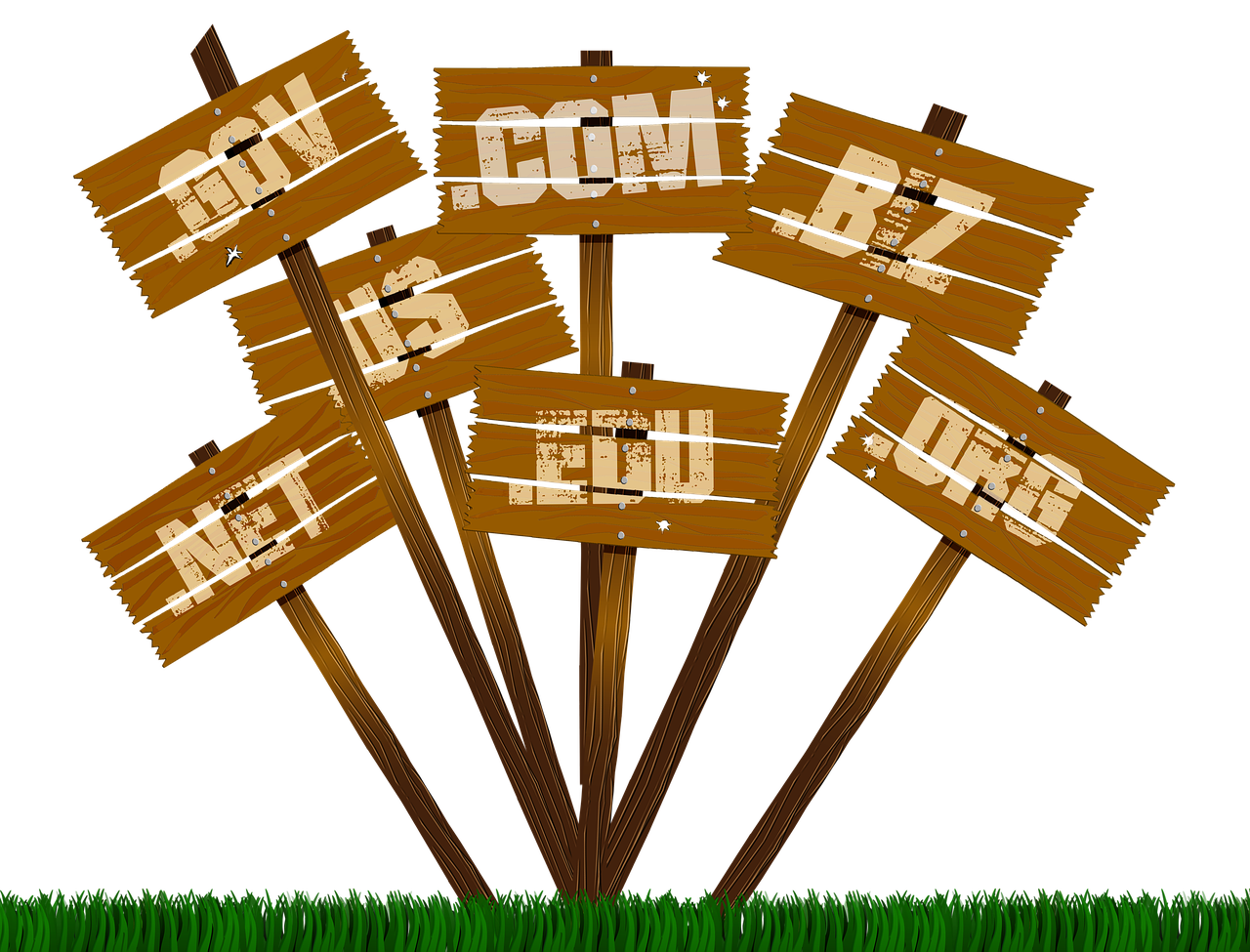
As a registrar, Nameshield has an accurate view of the typology of abandoned domain names and domain names kept by their holders when they clean up their portfolio.
As in all sectors of activity, phenomena that could be said to be “trendy” can even be seen in cybersquatting and therefore in domain names that are abandoned or maintained.
Let’s take the example of typosquatting, there was a time when it was essential to register domain names that included your trademark with as many typographical variants as possible (if your trademark contained the letter O, it was important to register a version with the number 0 instead of the O etc.), because cybersquatters were then very focused on this type of hijacking attempt. A decade later, cybercrime has changed and, while it is still important to register typographical variants, only the most pertinent ones are relevant today. As a result, many companies have abandoned the most distant variants.
The same goes for extensions. At certain periods, the risks of cybersquatting are greater depending on the registration conditions. A “first-come, first-served” extension is more at risk than a TLD requiring, for example, a locally registered trademark. Since the domain names registrations rules are set by each registry, they are likely to change over time, with the result that potential abandonments may occur.
An interesting study published at the end of 2019 by Frank Moraes, indicated that considering the first 8 extensions, only 29.79% of registered domain names would be renewed each year. Of the remaining 70.21%, 41.22% would simply expire and 28.99% would be registered by a new holder.
Only one domain name out of three would therefore be renewed the year following its registration! However, the rates vary significantly and the highest renewal percentages are unsurprisingly for .NET (46.3%), .ORG (44.24%) and .INFO (34.56%).
On the contrary, the lowest renewal rates are for .CN (1.72%), .BIZ (16.6%) and .TOP (22.22%).
What about .COM? The .COM TLD remains undoubtedly the most popular extension. If the study cited above only places the .COM in fourth position in the percentage of renewals (certainly taking into account the sampling), the renewal rate of the .COM is more around 80% and is relatively stable from year to year.


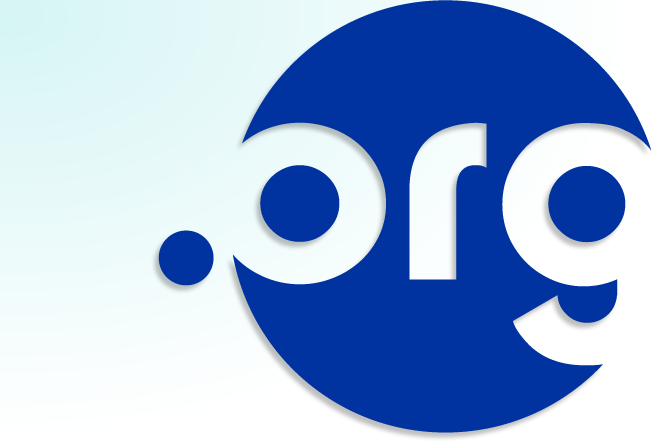




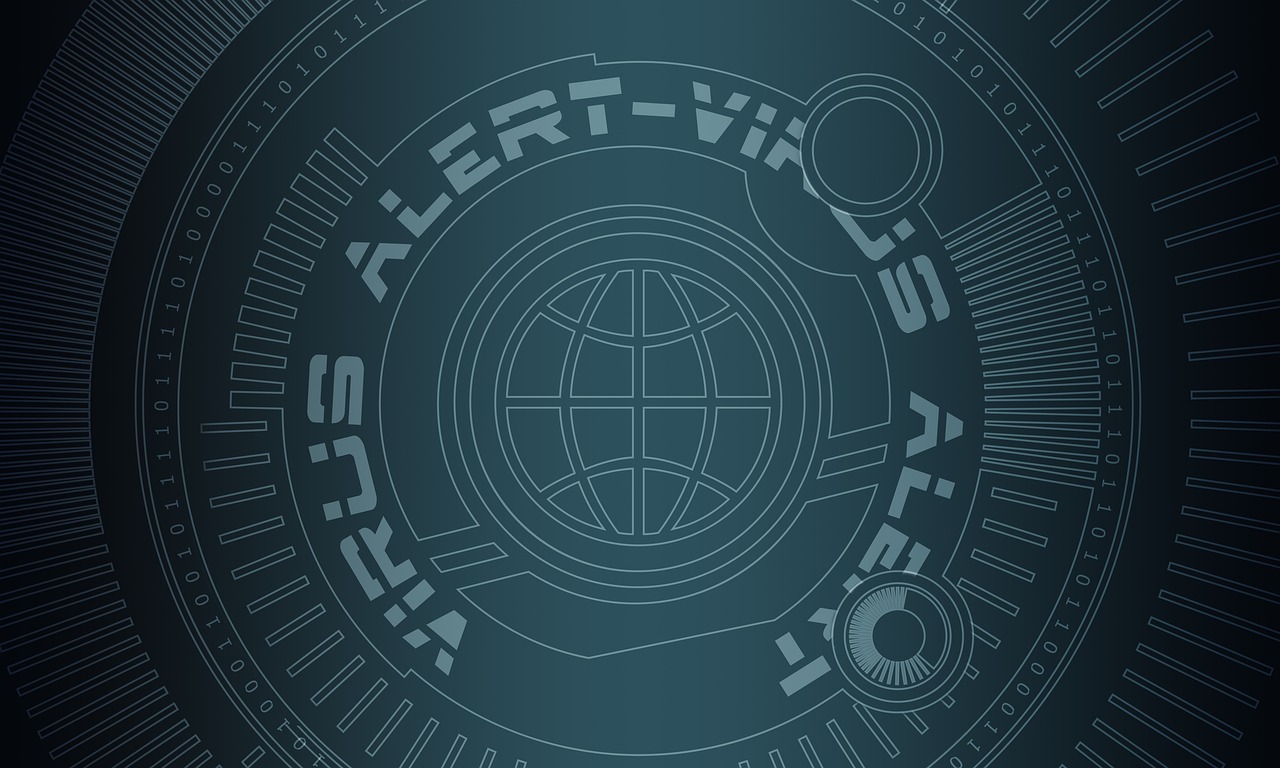

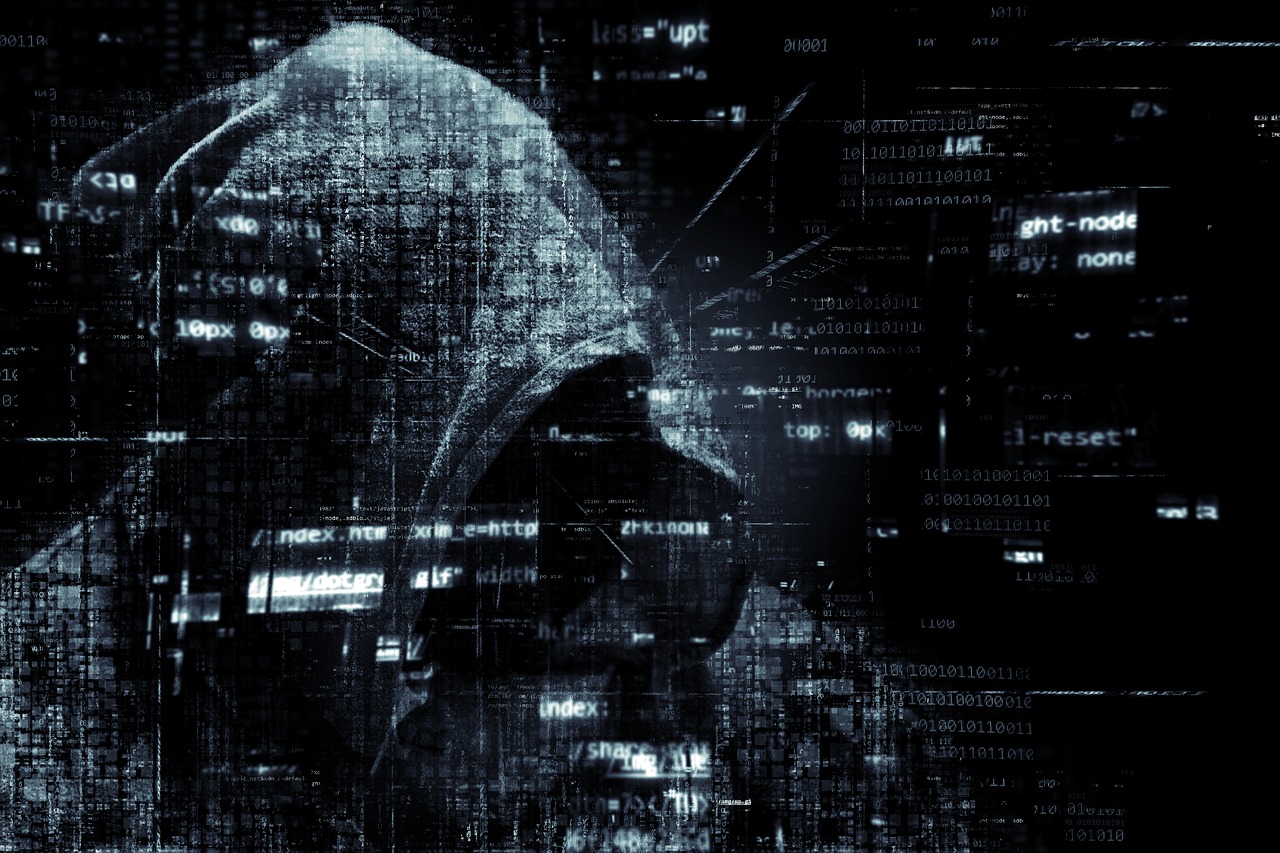



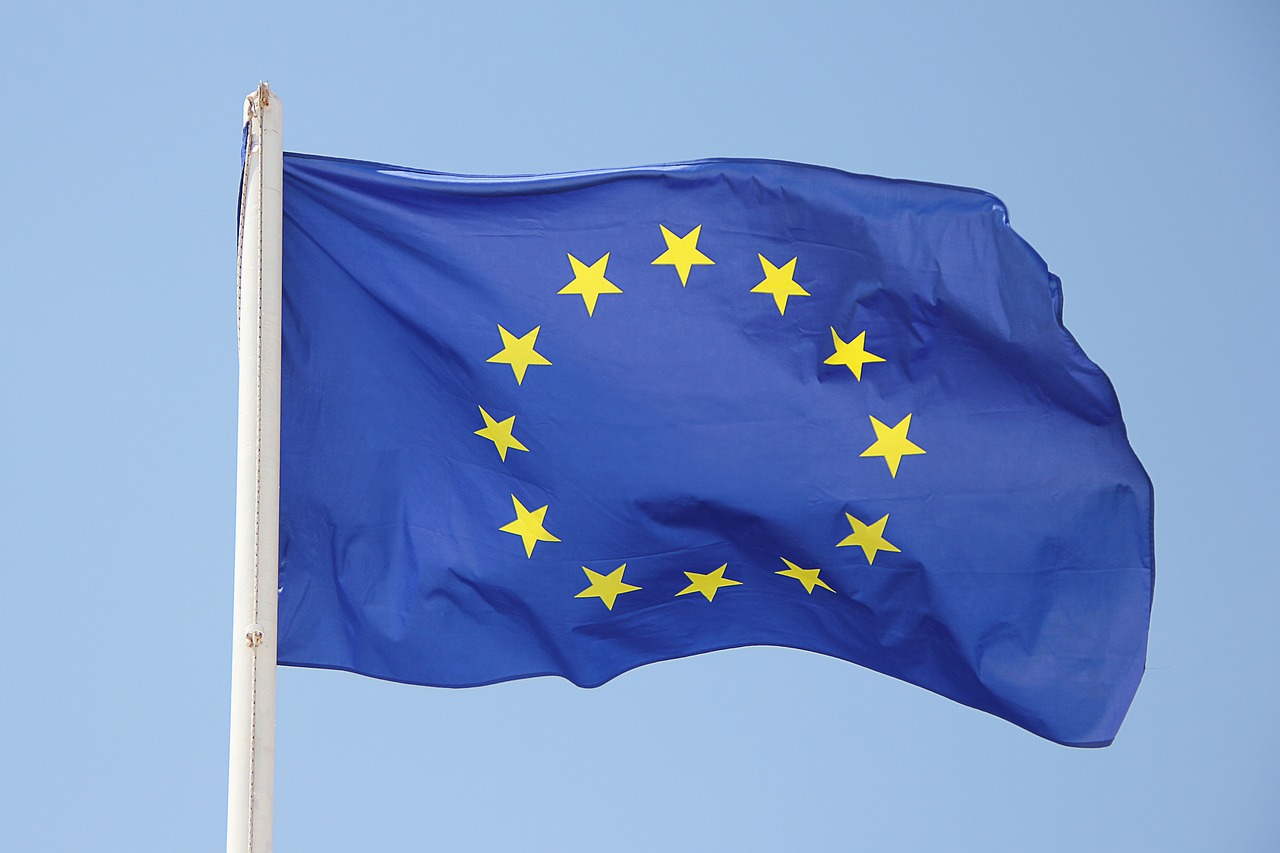
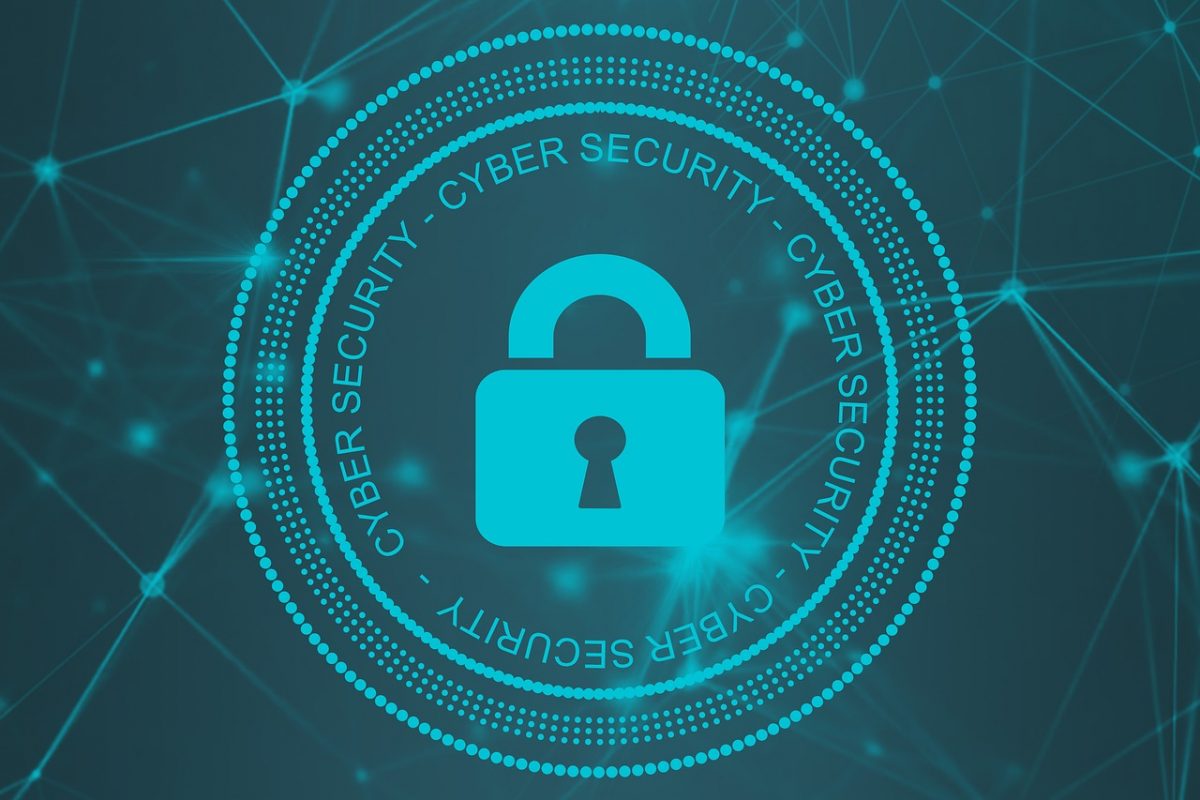
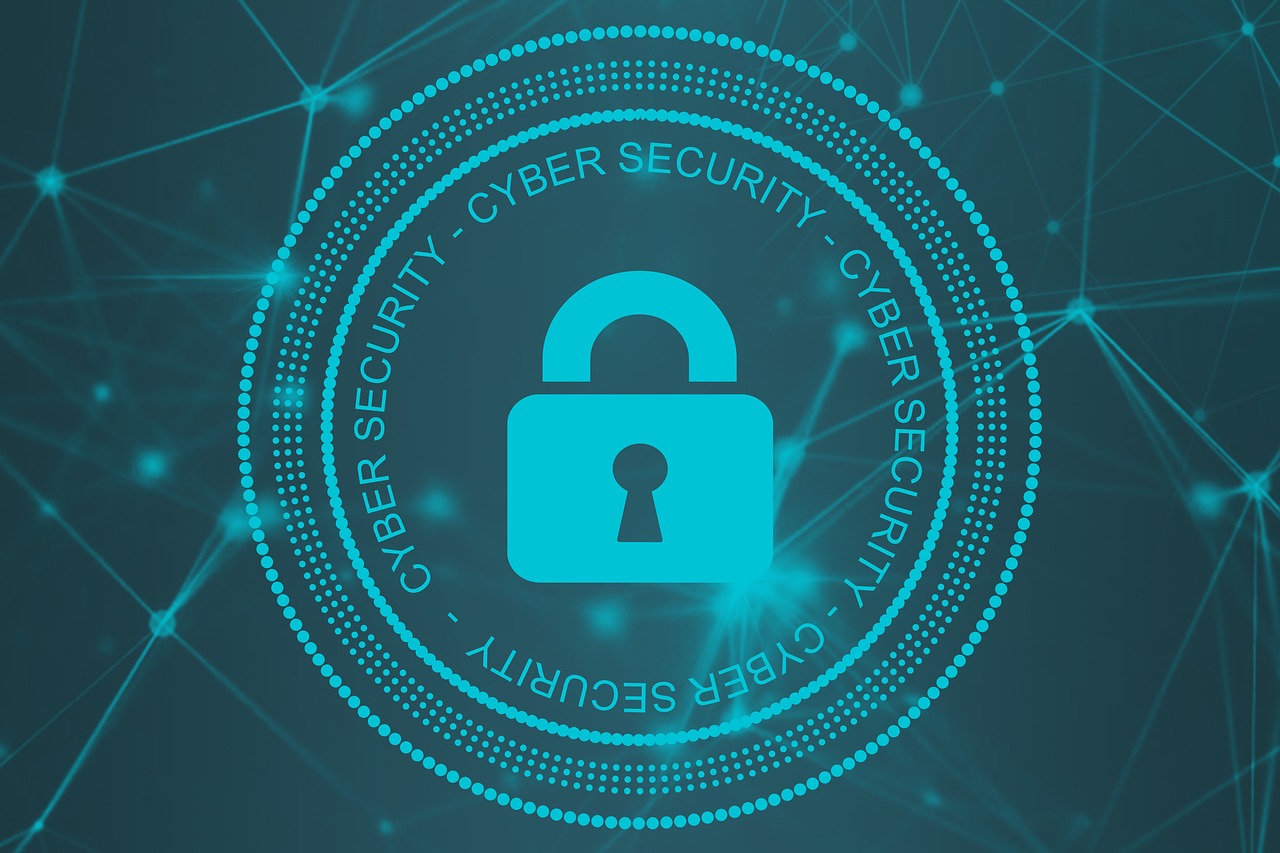
![Game of Thrones: The return of the [MALWARES] white walkers by dozens](https://blog.nameshield.com/wp-content/uploads/2019/04/Game-of-Thrones-Le-retour-des-malwares-M-1200x675.jpg)
![Game of Thrones: The return of the [MALWARES] white walkers by dozens](https://blog.nameshield.com/wp-content/uploads/2019/04/Game-of-Thrones-Le-retour-des-malwares-M.jpg)
